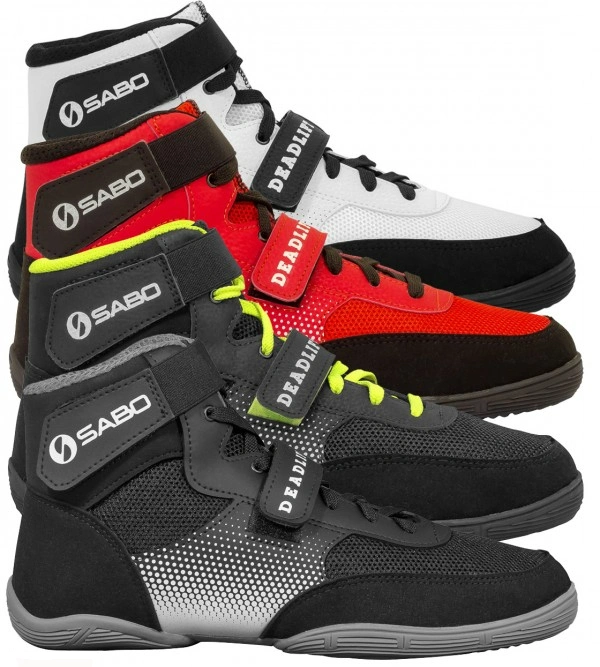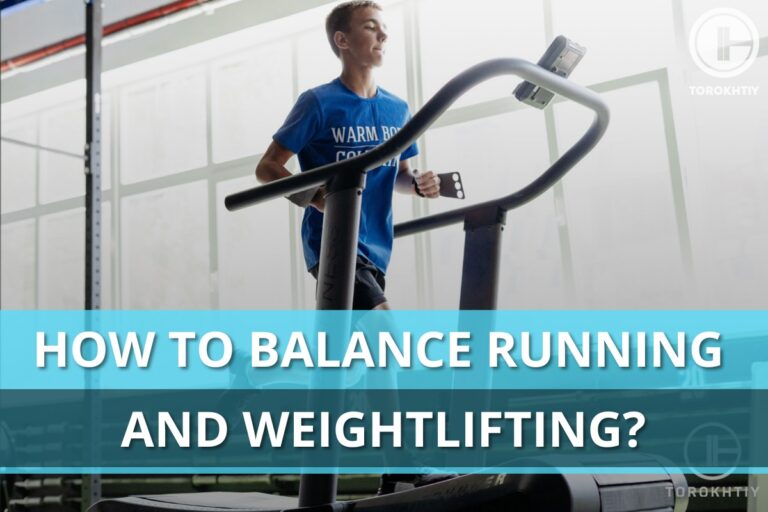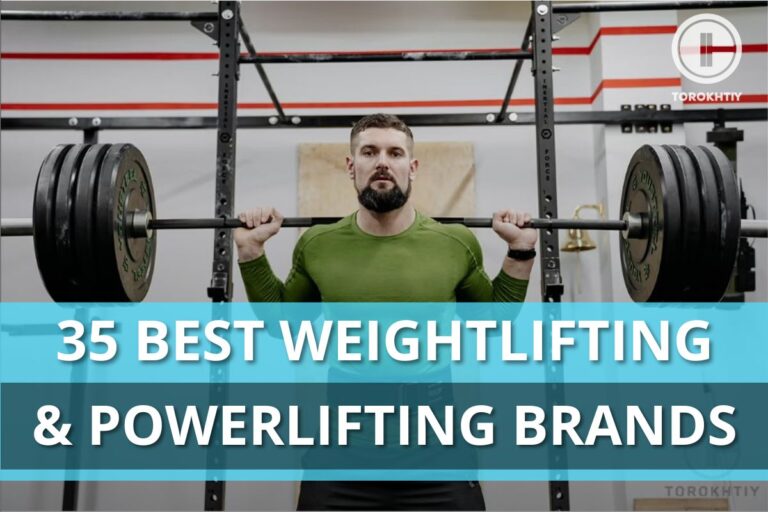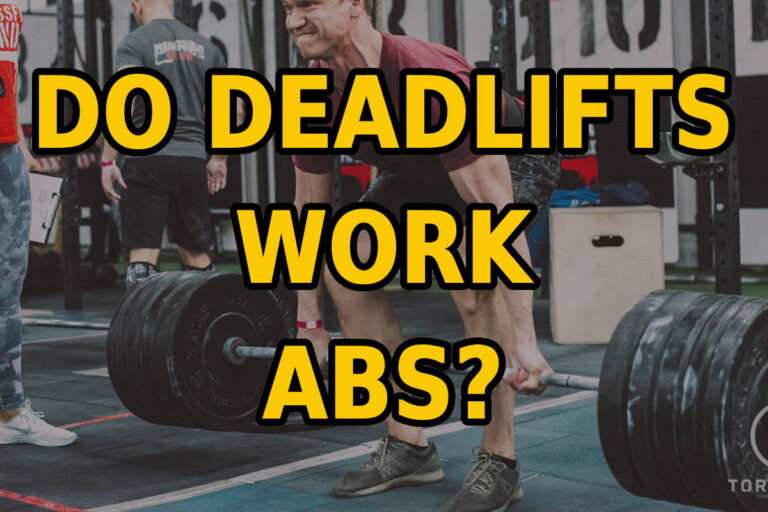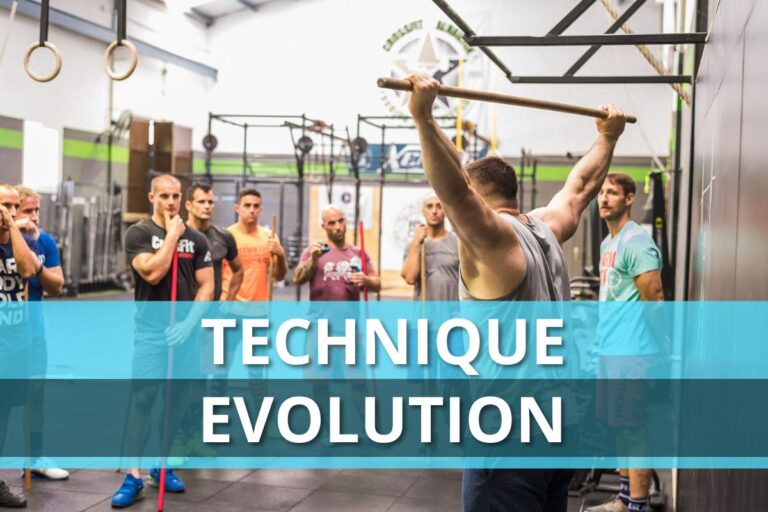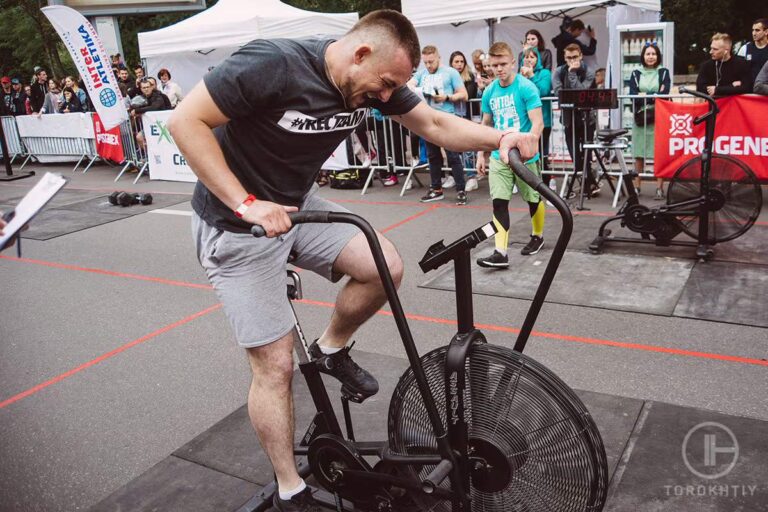Deadlifting With Squat Shoes: 5 Reasons Why You Should Not
Squat shoes are great to support your squats, that’s for sure. But can you deadlift in squat shoes? Deadlifts and squats are two different movements so you might be wondering if you can wear lifting shoes for both. Let’s break down if you should be deadlifting in squat shoes or not.
You should not deadlift with lifting shoes. The main reason is that these squat shoes come with elevated heels of about 0.75-1.5 inches which makes a deadlift more difficult and less efficient by recruiting the knee extensors more than the posterior chain.
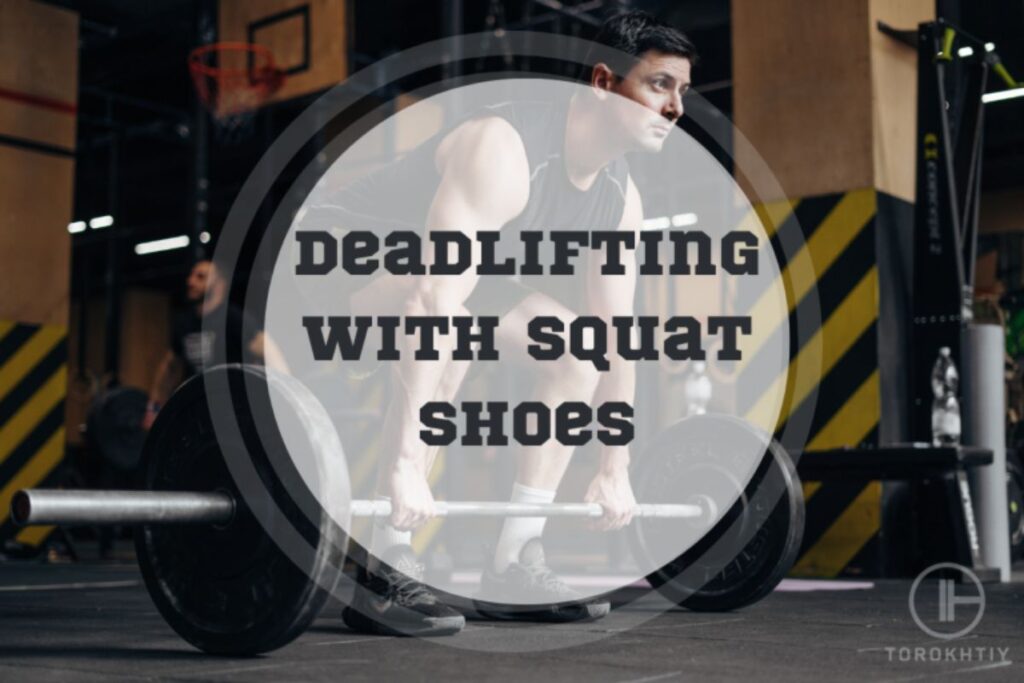
What Are Lifting Shoes?
A pair of weightlifting shoes is a supportive piece of weightlifting equipment designed to assist and enhance lifting performance. Squats, Olympic lifts such as clean & jerks and snatches, and other lower body exercises where a heel elevation is desirable are typically performed with lifting shoes.
When to Use Heeled Lifting Shoes?
Lifting shoes with heel elevations are recommended for people with poor ankle mobility who are doing squats, clean & jerks, and snatches. The elevation supports and accommodates the lack of angle range of motion so the lifter can descend lower and safer with proper form despite the insufficient ankle mobility.
Why You Shouldn’t Deadlift in Squat Shoes?
Recruits the Quads More Than the Glutes
The mechanics of your body while lifting will vary if you wear a heeled squat shoe, which will affect which muscles are being engaged. As you squat deeper into the bottom end of the range of motion when wearing heels, your knees will naturally want to push forward. This is known as “forward knee translation,” and it puts more strain on your quadriceps muscles to extend the knee.
When performing the deadlift, the same idea applies. The natural tendency of your knees in the deadlift start position is to push forward. This isn’t inherently a bad thing because your quads should be supporting you at the bottom of the movement, but the issue shows up around the midpoint and lock-out when you need to start relying more heavily on your glutes and posterior chain.
Your hip extensors (glutes) should be working harder as you raise the barbell off the ground, whereas your knee extensors (quads) should be working relatively less. This is especially true when the barbell is at knee height and you want to move your hips forward and shoulders back.
Your quadriceps will start to dominate the movement in this position if your knees are being forced forward by the heeled shoe, and you may find it difficult to move your hips toward the barbell. When the barbell is in the mid-range and lock-out phase of the deadlift, you can now transfer the loading demand from your quadriceps to your glutes easier by wearing a flat-soled shoe.
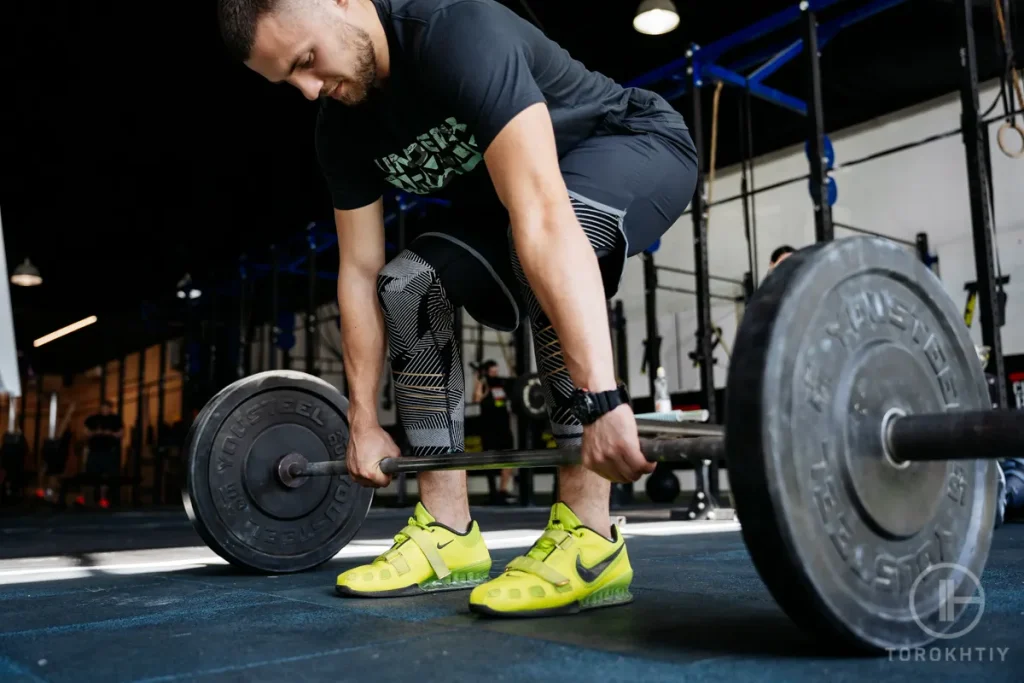
Insufficient Ankle Support
Due to the top of the shoe not covering the ankle, most squat shoes feature minimal ankle support. While deadlifting, some lifters do appreciate the added ankle support, which calls for a high-top style shoe. This is especially true for those who deadlift while standing in a sumo stance.
In comparison to a regular deadlift, a sumo deadlift puts more strain on the ankle’s outer region. This is due to the fact that you’re directing your legs to spread the floor apart in order to maintain stacked knees over toes. Your ankles will therefore be put under more loading stress given the deadlift’s wider stance.
If you do a sumo deadlift while wearing a squat shoe that lacks enough ankle support, you run the danger of having your ankle roll in the wrong direction. In terms of confidence, it’s also wonderful to have the extra support around your ankle. You’ll feel more comfortable lifting heavier weights when your joints are supported because you won’t be concerned that something might go wrong or that an injury may occur.
Increases the Distance the Barbell Needs to Travel
The average heel height for squat shoes ranges from 0.75 to 1.5 inches. In general, the heel height for squatting should be higher the taller you are.
However, you will need to pull the barbell an additional distance when deadlifting if you are wearing shoes with heels. It is against all recommendations to add more range of motion to a movement like a deadlift, and doing so would be a major deadlifting error.
If you want to lift as much weight as you can, you should set up your body and your leverages so that the barbell travels a shorter distance. Therefore, the quantity of work required increases with the distance over which you must exert force. This explains why all professional powerlifters use flat-soled, minimalist footwear when deadlifting. Some lifters even prefer to perform the deadlift barefoot, but most gyms forbid it.
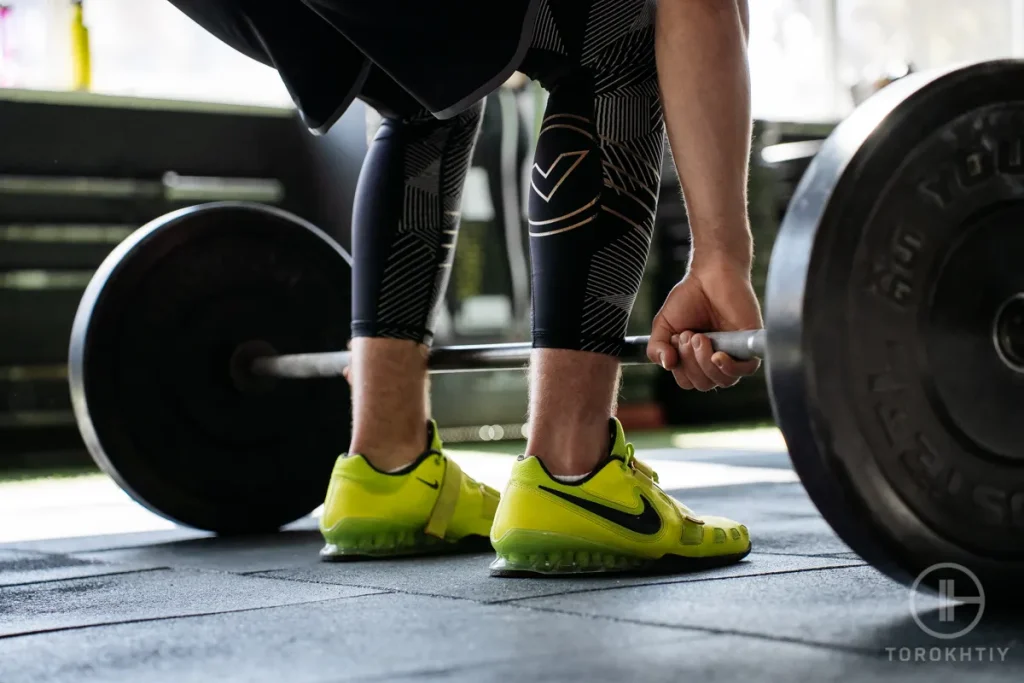
Displaces the Center of Mass Forward on the Barbell
When deadlifting, it is ideal to have your center of mass over your base of support. The best way for your body to exert force on the ground will be in this position. It feels like you’re putting your weight on the middle of your foot while you’re centered over your base of support.
You will need to resist forces that are attempting to stop you from falling forward or backward if you are deadlifting too much on your forefoot or heel. This will lessen the amount of vertical force that can be used to lift the barbell and its load. As such, the idea is to stay directly over your mid-foot over the whole range of motion. When deadlifting while wearing heeled squat shoes, it will be more difficult to stay over the mid-foot and your body weight will transfer forward.
You need a flat-soled, minimalist shoe in order to reach this “balanced” position. This will bring your foot closer to the ground so you can feel the distribution of your body weight. Because of this, the soles of all deadlift shoes are extremely thin and flat.
Increases the Risk of Your Feet Sliding on the Floor
Squat shoes won’t provide as much grip on the floor when deadlifting. Lifting shoes do contain some rubber on the soles, which gives them some traction, but deadlift shoes offer an entirely different level of traction.
A deadlift shoe is created primarily to have the most traction possible on the outsole. This is more of a worry for people who opt to deadlift in a sumo stance. When deadlifting, the last thing you want to happen is for your feet to slide sideways. Because of wearing shoes lacking traction, I’ve seen lifters’ legs stretch apart during deadlifts, resulting in terrible injuries.
Again, for people who deadlift in a traditional stance, this is not really a problem. However, you’ll need a lot of grip on the bottom of your shoe if you decide to deadlift sumo. You will just not have enough grip in a squat shoe as opposed to a deadlift shoe.
What to Look For in Deadlifting Shoes?
Deadlifting shoes should have a sole that’s hard, thin, and completely flat to maximize contact with the ground, enhancing the overall stability during the movement. Slight arch support may also be helpful to accommodate the natural arch of the feet. A strapped collar is also ideal for increased ankle security and balance. Last but not least, to effectively support you, it’s important to find deadlifting shoes that are durable with maximum sole traction.
Deadlifting Shoes We Recommend
I highly recommend these deadlift shoes from Sabo because of the confidence and the sense of support it gives my feet and ankles, especially during a sumo deadlift. Not to mention the outstanding grip it provides so I can lift safely. It also comes with reinforced side supports that make spreading the floor a lot more efficient. Overall, these deadlift shoes give me excellent ankle support without hindering my mobility, making them my go-to shoes whenever I deadlift.
FAQ
Are Deadlift and Squat Shoes the Same?
No, deadlift and squat shoes are not the same. The main difference between deadlift shoes vs squat shoes is that deadlift shoes ideally have flat and thin soles while squat shoes come with elevated heels.
Should You Wear Flat Shoes When Deadlifting?
Yes, it is important to wear flat shoes when deadlifting because this improves the leverage of your body. It allows the barbell to travel in a rather shorter distance compared to if the heels are elevated. This makes the deadlift safer, more efficient, and more powerful without displacing the center of mass forward.
Can I Sumo Deadlift in Squat Shoes?
Sumo deadlift is more straining to the ankles than the traditional one. Since squat shoes do not provide sufficient ankle support, sumo deadlift is best and more safely performed with deadlifting shoes compared to doing a deadlift with weightlifting shoes. Moreover, squat shoes do not support the body mechanics required for a deadlift as effectively as flat shoes do.
Conclusion
You should not be deadlifting with squat shoes on since the heels they come with do not only reduce the efficacy of the movement but may also sacrifice safety and may reduce the recruitment of the posterior chain.
Any questions? Suggestions? Let us know in the comment section below!
Also read:
- Are Nike Blazers Good for Lifting
- Best Olympic Lifting Shoes
- Best Cheap Weightlifting Shoes
- Are Vans Good for Lifting
- Squatting Barefoot vs Shoes
- Are Converse Good for Lifting
- Best Squat Shoes for Wide Feet
- Best Deadlift Slippers
- Best Squat Rack
References:
- The biomechanical effects of elevated heels on the barbell deadlift // TTU: https://ttu-ir.tdl.org/handle/2346/66140
Why Trust Us?
With over 20 years in Olympic Weightlifting, our team does its best to provide the audience with ultimate support and meet the needs and requirements of advanced athletes and professional lifters, as well as people who strive to open new opportunities and develop their physical capabilities with us.
By trusting the recommendations of our certified experts in coaching, nutrition, dietology, and sports training programming, as well as scientific consultants, and physiotherapists, we provide you with thorough, well-considered, and scientifically proven content. All the information given in the articles concerning workout programming, separate exercises, and athletic performance, in general, is based on verified data. We ensure that you can rely on our professionals’ pieces of advice and recommendations that can be treated as personalized ones which will benefit you and fully meet your needs.
The product testing process is described in more detail here
Author: Ihor Shymechko
Pro Olympic Weightlifter, Coach
Best Results: Snatch – 208 kg,
C&J – 240 kg
Ihor has been a professional weightlifter since 1996, boasting over two decades of competition experience. His notable achievements include clinching the European Championship in 2009 and securing a silver medal in the 105kg division at the Senior World Championships in 2011. Ihor represented his country in the 2008, 2012, and 2016 Summer Olympics. After retiring from competitive weightlifting, he transitioned to coaching, leveraging his vast experience to guide athletes who now compete on both national and international stages.

